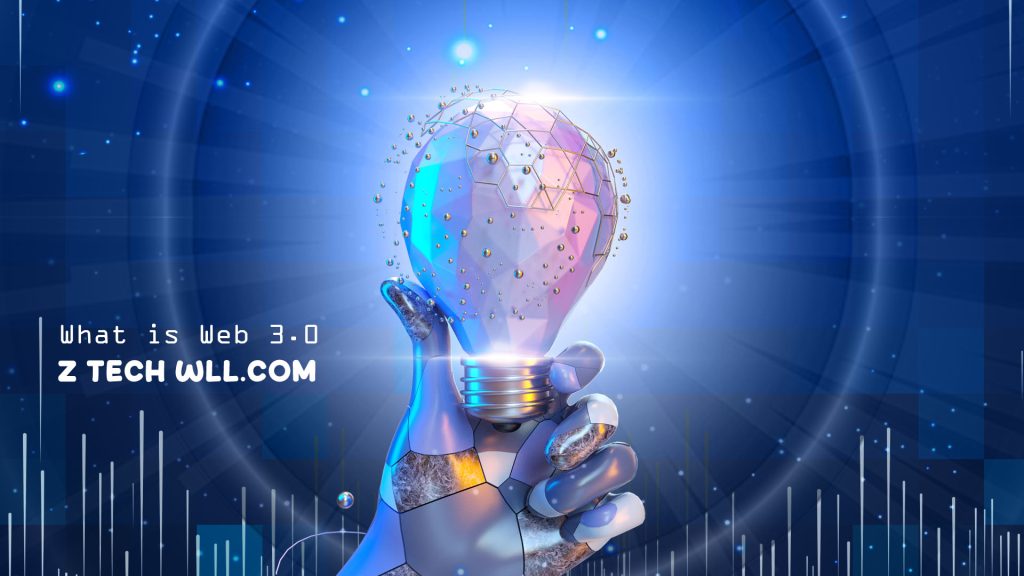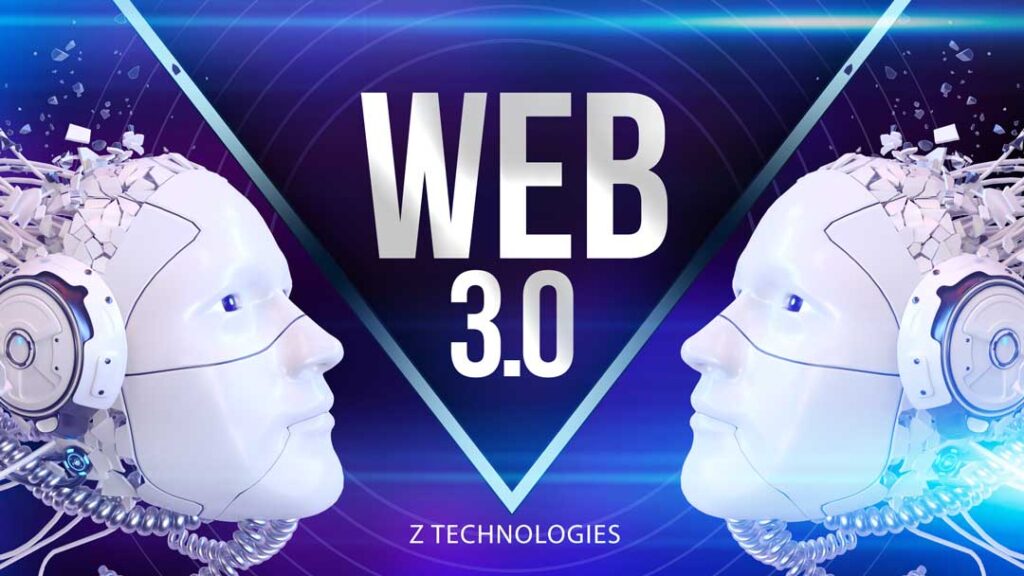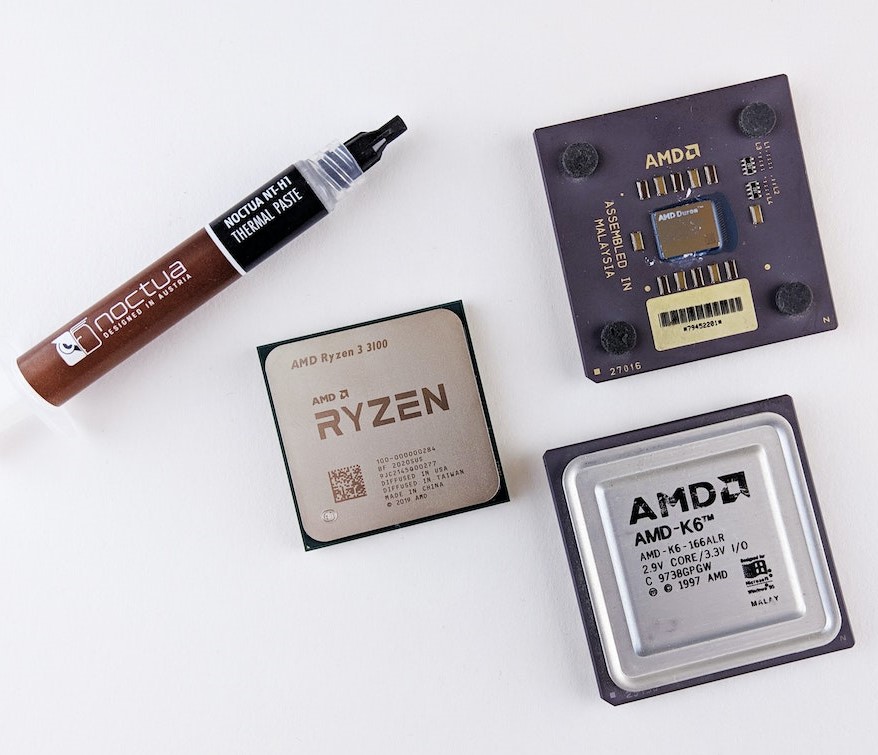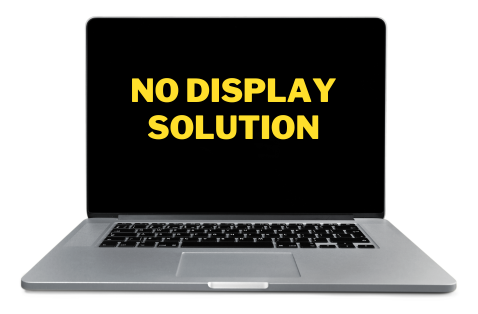
Web 3.0: A Revolution in the Making
The Internet, as we know it today, has undergone remarkable transformations since its inception. The digital landscape has evolved dramatically from the static web pages of the early 1990s to the dynamic and interactive websites of Web 2.0. But what lies beyond Web 2.0? Enter Web 3.0 is a term that has generated buzz in recent years. In this article, we will delve into the concept of Web 3.0, its defining features, and its potential to reshape the Internet as we know it.
Understanding the Evolution
To understand Web 3.0, we must first trace back the steps of the Internet’s evolution.
Web 1.0, often referred to as the “Static Web,” marked the early days of the Internet. During this era, websites were simple and static, offering limited interactivity. It was essentially an information repository where users could read text and view images, but minimal user engagement existed.
Web 2.0, the “Social Web,” emerged around the early 2000s. This phase brought a significant shift by introducing user-generated content, social networking, and interactive web applications. Websites like Facebook, YouTube, and Wikipedia exemplified the collaborative and participatory nature of Web 2.0.
Now, let’s explore Web 3.0.
Defining Web 3.0
Web 3.0 is not a single technology or a specific point in time but a vision for the future of the Internet. It represents the next stage in the evolution of the World Wide Web, characterized by several fundamental principles:
- Semantic Web
One of the central tenets of Web 3.0 is the development of the Semantic Web. In Web 2.0, the Internet primarily relies on text and links to connect information. In contrast, the Semantic Web aims to make web content machine-readable by assigning meaning to data. This enables computers to understand and process information more intelligently. For example, a web search in Web 3.0 might yield results based on the context and relationships between data rather than just keywords.
- Decentralization
Decentralization is a vital component of the Web 3.0 architecture. Unlike Web 2.0, where power and data are concentrated in the hands of a few tech giants, Web 3.0 envisions a distributed and decentralized Internet. Blockchain technology is significant in achieving this goal, enabling peer-to-peer transactions, decentralized applications (dApps), and secure data ownership.
- Interoperability
Web 3.0 seeks to enhance interoperability among different platforms and systems. Currently, data silos and closed ecosystems are standard on the web. Web 3.0 aims to break down these barriers, allowing seamless data sharing and communication between various applications and services.
- Artificial Intelligence (AI)
Artificial intelligence is integral to Web 3.0. AI algorithms enhance user experiences, provide personalized recommendations, and automate tasks. As the web becomes more innovative, it can better understand user preferences and adapt content accordingly.
- Enhanced User Experience
Web 3.0 places user experience at its core. Websites and applications are designed to be more intuitive and user-friendly. Virtual and augmented reality technologies are integrated to create immersive experiences, and voice assistants make interactions more natural and conversational.
- Trust and Security
With the rise of blockchain and cryptographic technologies, Web 3.0 strongly emphasizes trust and security. Smart contracts ensure transparent and tamper-proof transactions, while encryption techniques protect user data and privacy.
Real-World Applications of Web 3.0
Web 3.0 is not just a theoretical concept; it is already making inroads into various industries. Here are some real-world applications:
- Blockchain and Cryptocurrencies: Cryptocurrencies like Bitcoin and Ethereum are examples of Web 3.0 technologies. They enable peer-to-peer transactions, decentralized finance (DeFi), and non-fungible tokens (NFTs).
- Decentralized Social Networks: Platforms like Mastodon and Diaspora offer decentralized alternatives to traditional social networks, where users have more control over their data.
- Web 3.0 Browsers: Browsers like Brave and Dapp browsers are designed to interact with decentralized applications seamlessly.
- AI-Powered Personalization: Streaming services like Netflix and Spotify It’s a huge step forward to employ AI to make tailored suggestions in line with the standards of Web 3.0 user behavior.
- Decentralized Finance (DeFi): DeFi platforms enable users to access financial services like lending, borrowing, and trading without intermediaries.
Challenges and Considerations
While the vision of Web 3.0 is promising, it also faces several challenges and considerations:
- Scalability: As more users and applications adopt Web 3.0 technologies, scalability becomes a significant concern. Blockchain networks, in particular, must address this issue to handle increased traffic.
- Regulatory Hurdles: The decentralized nature of Web 3.0 technologies can clash with existing regulatory frameworks. Striking a balance between innovation and compliance is crucial.
- Data Privacy: While Web 3.0 aims to enhance data privacy, it also introduces new privacy challenges. Users must have control over their data and understand how it is used.
- Education and Adoption: Wide-scale adoption of Web 3.0 technologies requires education and awareness. Users and businesses need to understand the benefits and risks associated with these innovations.
Conclusion
Web 3.0 signifies a fundamental transformation in our approach to interact with the Internet. It promises a more intelligent, decentralized, and user-centric web experience.Despite obstacles, there may be gains in the end are substantial. As we progress, it will be fascinating to see how Web 3.0 continues to shape the digital landscape and revolutionize how we connect, transact, and create online. It is, without a doubt, an exciting era in the evolution of the Internet.




